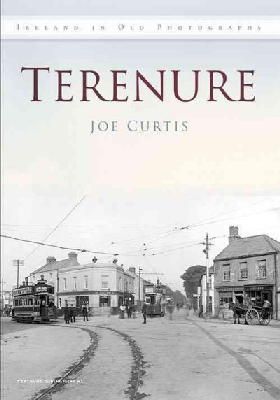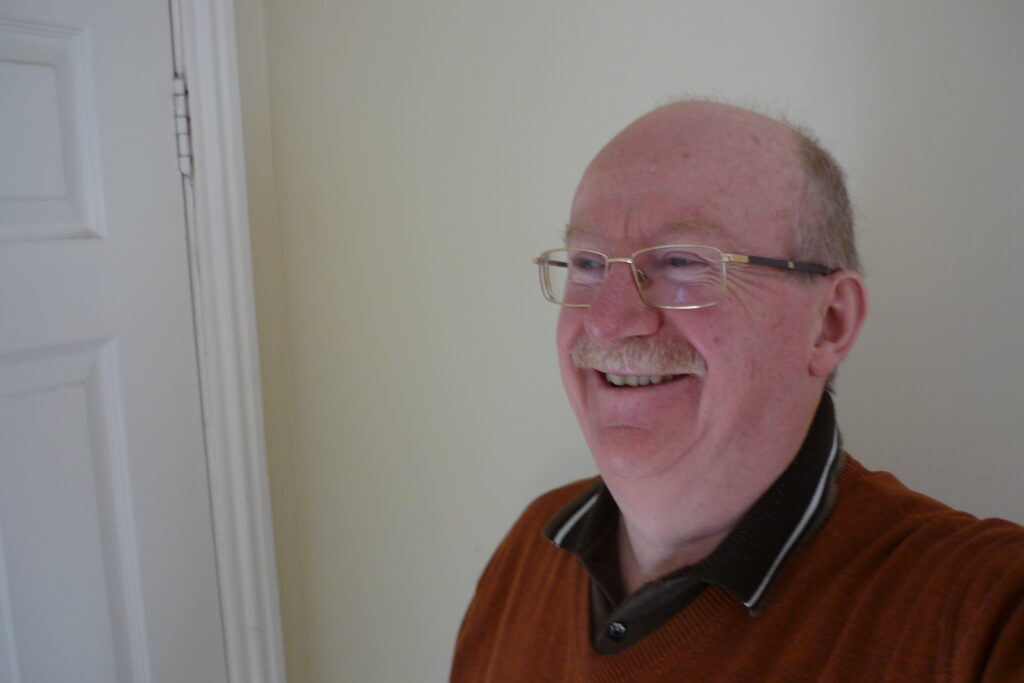
Local History for Beginners—Joe Curtis gives his tips for researching a local history book
by Joe Curtis
Sometimes people ask me where I get all the information for my local history books, assuming that I am some sort of walking encyclopedia, or that I have a lot of friends in high places.
In truth, local history facts and figures are openly available to everyone, and most are free or very cheap. No formal qualification is required, but it helps if you are inquisitive, patient, and methodical.
Opening doors
One good motto might be: “Do not assume that a closed door is locked, because by turning the handle you will probably be admitted to the treasures of the interior.”
For anyone embarking on a local history book, ideally you should know the town or suburb that you propose to research. The local person has the advantage of knowing something about the general history of the place, and can also chat with neighbours and friends.
It is essential to tell anyone you approach that you are writing a book, which will open all kinds of doors for you, and most people will treat you seriously, often divulging more information or allowing you access to their properties.
Photographs
Generally, you should ask permission if you wish to take photos, especially inside private property, with a polite question. Most people will be only too happy to oblige.
I use a simple compact camera, set at the highest resolution, and have no need for any of the sophisticated and bulky cameras used by professionals. My camera has a macro button, which allows me to get up close to a small object, especially to copy any old photos that people might show me.

Re-connect with your neighbourhood
Even though you may have been born and bred in the town, there are many things which you take for granted that would be of great interest to visitors, or would be welcomed by other locals, because they bring back happy memories.
Therefore, it’s a good idea to walk slowly around your town, maybe even a few times, exploring every street and lane, taking some general photos and notes as you proceed.
Tell everyone you meet that you are writing a local history book, and some people will prove to be very helpful or can direct you to interesting places or people. You may pass empty sites, and perhaps you may recall that there was a mill or factory here during your childhood, which would warrant further investigation.
You should list all the public buildings observed during your walks, namely, churches of all denominations, boys and girls schools, convents, priests and brothers monasteries, town hall, library, etc. Then list the factories present and past, important shops and pubs, sports facilities such as football clubs, golf clubs, cinemas, interesting old houses, and even plaques on building commemorating famous residents.

Research
Once you have re-connected with your neighbourhood, you can now start to do some research on selected topics. For example, you might want to start with the main church, whether Catholic or Protestant.
Firstly, visit your local library, which usually has local history files in the back office, which have to be specifically requested and perused in the library. Such files might contain pamphlets, newspaper cuttings, auctioneers brochures, photos, and miscellaneous items.
There may be a book or booklet on the history of the church, written years ago, or produced when the church was built or dedicated.
The library will also have local history books available for loan, with maybe a chapter or two about your church. Some libraries also have old maps and local newspapers.
Many libraries now have a full collection of street directories, such as “Thoms” for Dublin, which were published annually from 1844 to recent times, listing the main occupier of all houses and business premises. By comparing these directories, say for every five years, you can piece together how long a person or business stayed in a particular building.

Churches
Next, visit the church and see if the Parish Office has any leaflets or booklets. Failing that, arrange to visit the Diocesan Archives, which should have plenty of information about the church.
Look around for plaques on the walls, or inscriptions on stained-glass windows. Many churches have a foundation stone—usually a stone plaque at low level on an outside wall, or in the porch, giving the date of the church, architect, builder, etc. Sometimes, the date is inscribed at the top of an outside wall.
Nuns and brothers are resident in most towns, and each congregation has its own private archives. Write a simple letter to the archivist, whether based locally or in the capital city, stating that you are researching for a local history book, and you will be rewarded with a visit to their archives, and allowed to look at relevant material.

Online resources
Having explored all local sources of information, you can now delve into the general information available on the internet. A Google search will reveal hundreds of sites, including Wikipedia, providing some information about your query, but the information is not always accurate, and needs to be double-checked from other sources.
Images on the internet should not be copied, because of copyright issues, and because the low-resolution quality would be unsuitable for printing in a book.
One of the most valuable official websites is Ordnance Survey Ireland, which is free, and on their Map Viewer you can peruse various old maps of your town, which will provide an immense amount of accurate material for you. You can overlay old maps on current maps, and learn some of the history of a particular site of building.
Buildings of Ireland includes the National Inventory of Architectural Heritage, where you can learn the history of many important buildings in your town.
Ask About Ireland has great articles, and links to various old books, such as Lewis’s Topographical Directory of Ireland written in 1837. You can also look up Griffiths Valuation, listing the occupiers in your town in the 1850’s.
National Archives of Ireland has a dedicated section on the Census of Ireland in 1901 and 1911, where you can check on every occupant in your town, including information on age, religion, occupation, etc.
Newspapers
Old newspapers are a fantastic source of information for most topics of interest to the local historian, and nowadays you can browse from the comfort of your armchair.
Irish News Archives has all the national newspapers, and many regional or local papers, extending back to the end of the 18th century, costing only €29 a month for unlimited access.
The Irish Times Archives costs only €12 a month for access to articles going back to 1859. For both resources, remember to cancel the automatic monthly renewal if you only need access for one month.
Official archives
You can also search various official archives online, prior to visiting them in person, such as the National Archives of Ireland in Bishop Street in Dublin, The National Library in Kildare Street in Dublin, and The Irish Architectural Archives in Merrion Square in Dublin.
Anyone can get a Readers Ticket for free, and peruse the vast holdings. Do not be intimidated by the fact that they are State organisations, since the staff are very friendly and helpful, and are used to handling queries, from the simplest to the most complex.
The National Archives provides access to education files (school roll books, reports, etc), old maps (especially the colourful Town Plans), Business Files, Landed Estates Court files (with maps and descriptions of bankrupt landlords), to name but a few.
The National Library has millions of fantastic old books, journals, and pamphlets, and its Photographic Archive in Temple Bar (by appointment only) has a huge collection of old photos, many of which can be viewed on their website, and excellent digital prints ordered online at €7 each – the Laurence Collection from around 1900 is very popular.
The Irish Architectural Archive has a large collection of professional-quality photos, books, magazines, newspaper cuttings, old architects drawings, etc.
In summary, local history is a fantastic and cheap hobby, where you meet interesting people, gain access to all sorts of places, get a bit of walking exercise, learn about your town, and get great satisfaction in producing a book which will give pride and pleasure to many people, while preserving the past for future generations.
Don’t delay, start today.

Joe Curtis is a proud Dubliner, whose hobby has been writing about his native city and Ireland since 1992. His love of local history and photography have been combined in at least a dozen illustrated books, many published by The History Press, such as Harold’s Cross, Terenure, Dundrum, Blackrock, Ringsend, Portlaoise and more recently, Kimmage for Eastwood Books. His self-published books include O’Connell Street, Market Houses of Leinster, and Sketches of Old Dublin.












